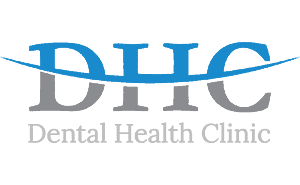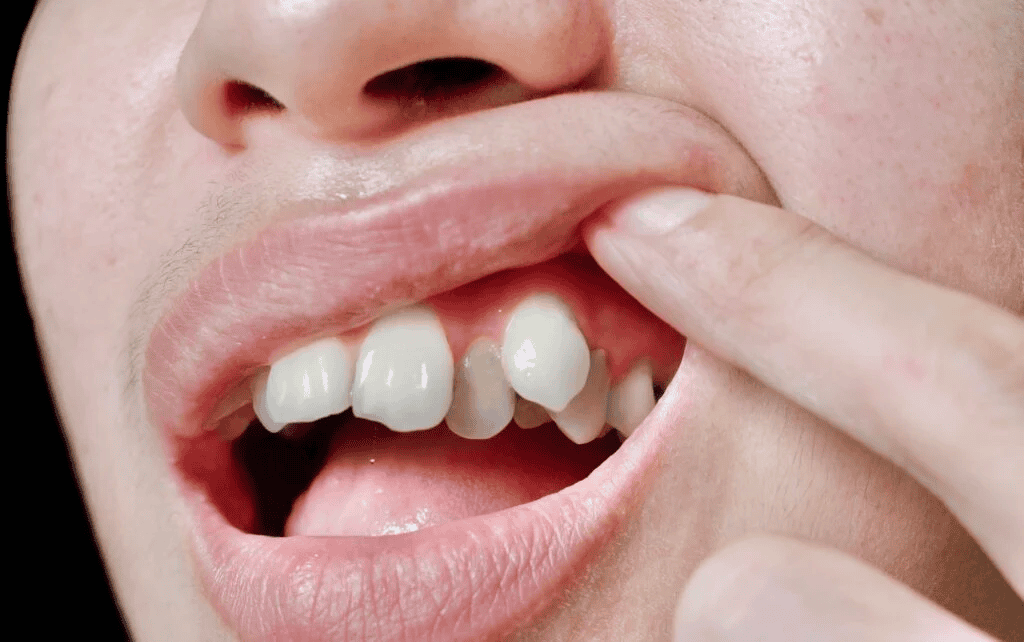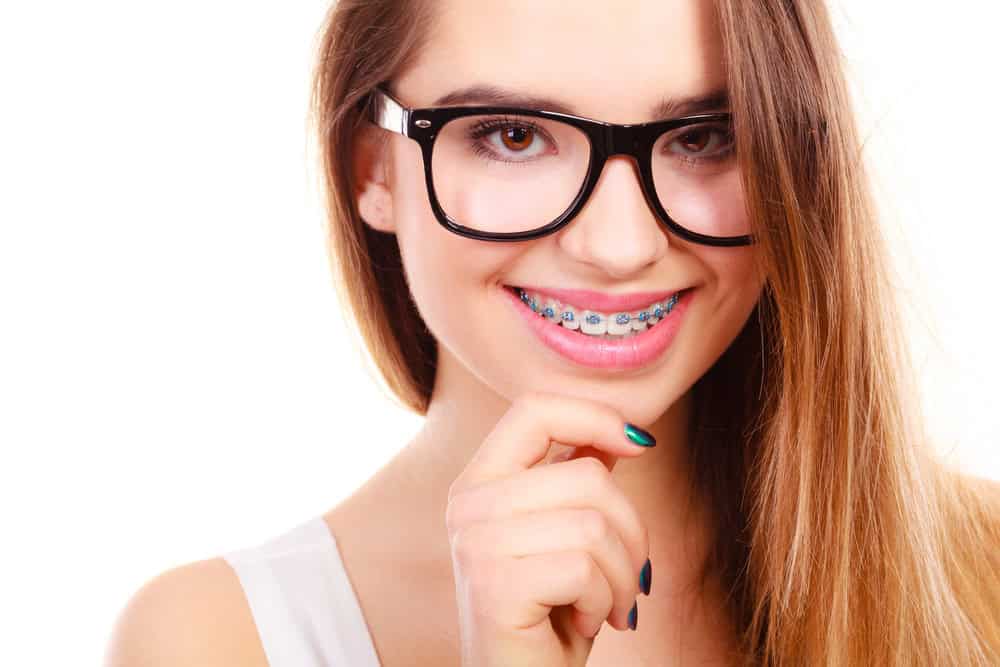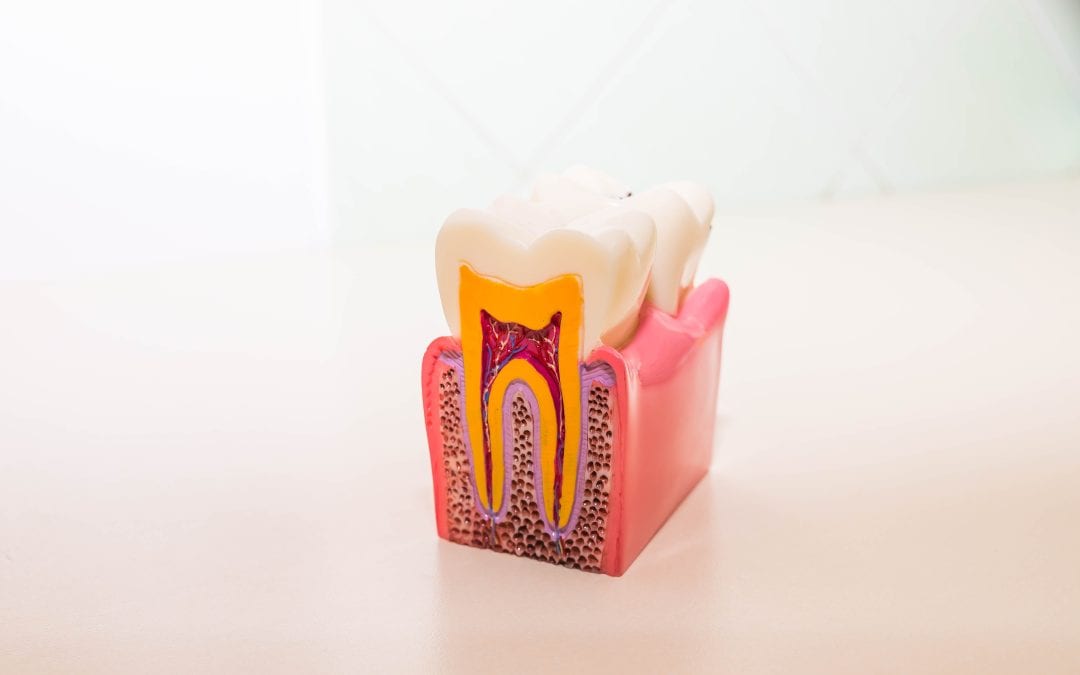Are you suffering from misaligned or crooked teeth, and wondering about the options to get your teeth straightened and get your dream smile back? For the best solution, you should see a cosmetic dentist or an orthodontist, who would recommend traditional braces or invisible dental braces aka Invisalign braces.
Many people have found Invisalign braces more convenient and longer lasting compared to traditional braces. But you should also factor in the extent of correction you need, your lifestyle, and your age. Therefore, let us explore everything you should know to make an informed decision on Invisalign vs. braces.
Most people look to straighten their teeth to regain their captivating smile. But, there is a lot more that happens behind the screen to beneficially impact the overall dental health. Straight teeth are a lot easier to clean and thereby keep cavities at bay. Further, straight teeth also help to correct the jaw and align the teeth with your jaw.
Are you curious now to know how Invisalign compares with traditional braces? Let us explore
How Invisalign works for you
Invisalign is a brand among other brands of clear aligners and represents an orthodontic device for correcting crooked teeth. Clear aligners aka invisible braces are custom-made braces molded out of medical-grade plastic and apply pressure to each tooth and guide them into the desired position. These clear aligners are your discrete alternative to the traditional braces.
What are your benefits from clear aligners?
There are several benefits associated with clear aligners including the following:-
Appearance
As opposed to the metal braces, Invisalign braces fit closely to your teeth and remain invisible when you are at a reasonable distance. This discrete style is the major reason for people choosing Invisalign braces over traditional braces.
Easy to brush and floss
With Invisalign, you can simply remove the braces and floss or brush normally. In other words, there will be no challenging or lengthy process associated with traditional braces.
Comfortable
Invisalign braces give a flush fit against your teeth and will not cause the discomfort and cuts which the traditional braces can cause.
However, you may experience an amount of discomfort when the teeth are repositioning. This is temporary and your mouth seldom experiences any pain from Invisalign.
No threats from chewy or hard foods
With Invisalign braces, you can eat what you like including nuts, popcorn, chewy foods, and so forth since the individuals remove the aligners before eating and put them back after eating. Conversely, with traditional braces, you have to avoid certain foods to keep the braces safe.
Your visit to the orthodontist can be fewer
With the invisible dental braces, your may not need to visit your orthodontist at frequent intervals. When you choose Invisalign braces, generally you may need to see your orthodontist once every four or six weeks.
In fact, there are even some companies that provide customers with Invisalign aligners without the need to visit their orthodontist. However, this is not always the best option, and visiting the orthodontist every time an adjustment is needed is strongly recommended.
Having seen the benefits of clear aligners, let us also consider some of the drawbacks
Transparent aligners aka invisible braces are not recommended in every situation and are typically suited for patients who are only looking for minor straightening.
You should remove the clear aligners for drinking and eating
Patients can only drink water while wearing the invisible dental braces and must remove the aligners when they are drinking anything else. Since the plastic used for the aligners is pretty thin, they can be damaged easily by food and drinks.
Further, when patients drink hot liquids like tea and coffee the stain can easily wrap due to heat and therefore needs to be removed while consuming these liquids including colored beverages.
You are required to be disciplined
When you are wearing invisible braces, you should be wearing the aligners for a minimum of about 22 hours every day. If you wear the aligners for a lesser duration every day, can negatively impact the programs and even the final results can be harmful. Since it is quite easy to take out the aligners patients may be tempted to remove them for longer durations and this is where the discipline factor comes in.
Yet another concern is that younger patients, particularly kids may lose the aligners which could be a financial challenge apart from consuming more time to complete the treatment.
May need more frequent brushing
Patients whose dental hygiene is poor should not choose clear aligners since they can potentially cause cavities and bad breath. But, when Invisalign braces are your best option you should brush your teeth thoroughly every time after you drink or eat. For patients used to frequent snacking the brushing schedule may double or even triple with the use of Invisalign braces.
Visible attachments may be needed
You may need small attachments to your tooth to connect the Invisalign braces. These may appear like small buttons and helps in controlling the movements and an orthodontist should attach or remove these. Consequently, you may need more visits to your orthodontist compared to others and the attachment itself will be visible through the plastic.
What are the pros and cons of traditional braces?
For long, traditional braces have remained the go-to solution for people looking to get their teeth straightened, and come with several benefits. Yet, the associated downsides have encouraged people to prefer clear aligners. Let us look at the pros and cons associated with traditional braces.
The Pros
Better suited for complex corrections
Traditional braces constitute a universal treatment and work well for minor as well as complex cases. These braces are more powerful compared to the clear aligners since they adhere straight to each tooth helping, in turn, to present an enchanting smile even in extremely challenging situations.
Wide choice
The traditional metal braces give you a wide choice at affordable prices. You can choose (lingual) braces behind your teeth, ceramic braces to make the appearance discreet, etc, helping you achieve superior results sans the wires and metal brackets.
Removing the traditional braces is not easy
While you can remove the Invisalign aligners with great ease, removing the traditional braces requires the help of your orthodontist. However, you need not remove the traditional braces for eating or wear them for long hours as demanded by Invisalign aligners. For teens, kids, and adults, this could be a better option.
You can safely drink beverages of your choice
Traditional braces are resistant to heat and therefore allow you to consume any beverage, coffee, tea, etc, without the bother of removing the aligners or staining the attachments.
The Cons
Discomfort in the mouth
Metal braces can take time to get adjusted and may cause cuts or irritation inside the mouth and are therefore not very comfortable.
Appearance
Though the ceramic braces and lingual braces are less noticeable, traditional braces are easily visible and more obvious compared to the clear aligners?
Limitations on what you can eat
When you choose traditional braces, you may need to avoid several foods like bagels, popcorn, hard candy, etc, since they can get stuck inside the brackets or at times even damage the wires or brackets. Poor food choices can therefore hurt and need a trip to your orthodontist.
More visits to your orthodontist
With certain invisible aligners, you might be able to do everything remotely while traditional braces will need visiting the orthodontist more frequently.
Stains could be a bother
Since the metal brackets stay attached for about 2 years, you find the change of tooth color after removal of the braces. However, in most situations, you can fix the discoloration through good oral hygiene practices and teeth whitening after the treatment.
Price/payment options
In terms of price, traditional braces and Invisalign aligners are comparable at an average of about $5,000. However, the final cost will be influenced by the extent of correction needed and any complications or delays in the course of treatment.
There are also many dental insurance plans that could pay for part of your costs of invisible aligners or braces. You should check your insurance to understand what would be covered and what you would need to pay from your pocket.
Conclusion
We have covered the pros and cons of both Invisalign braces and traditional braces. Invisalign braces are preferred by people who do not suffer from severely crooked teeth. Younger people need to be very disciplined since Invisalign braces should be worn for a minimum of 20 hours every day and also removed every time for eating and drinking. Therefore, traditional braces are considered best for teens and younger adults.
Frequently asked questions
Between Invisalign and braces which is better?
For teens and most kids or patients with severely crooked tooth, traditional braces are the best answer. For adults seeking a nearly invisible and comfortable straightening method, Invisalign or other clear aligners are better suited for people who need a more comfortable and nearly invisible method of straightening their teeth so long as their teeth are not excessively crooked.
Is Invisalign cheaper than braces?
Invisalign and braces have nearly the same pricing at about $5,000, but a part of your cost may be covered by insurance. Some patients may also consider companies offering at-home clear aligners for more affordable teeth straightening plans.
Invisalign vs. braces – which is faster?
Compared to Invisalign, braces are typically faster. However, the kind of correction needed will influence which option works faster for a particular patient.
Are there specific disadvantages with Invisalign?
For patients suffering from severely crooked teeth, Invisalign braces may not be an ideal option. Further, the aligners should be removed while eating and drinking which springs a chance of losing the aligners, particularly with the younger population.










